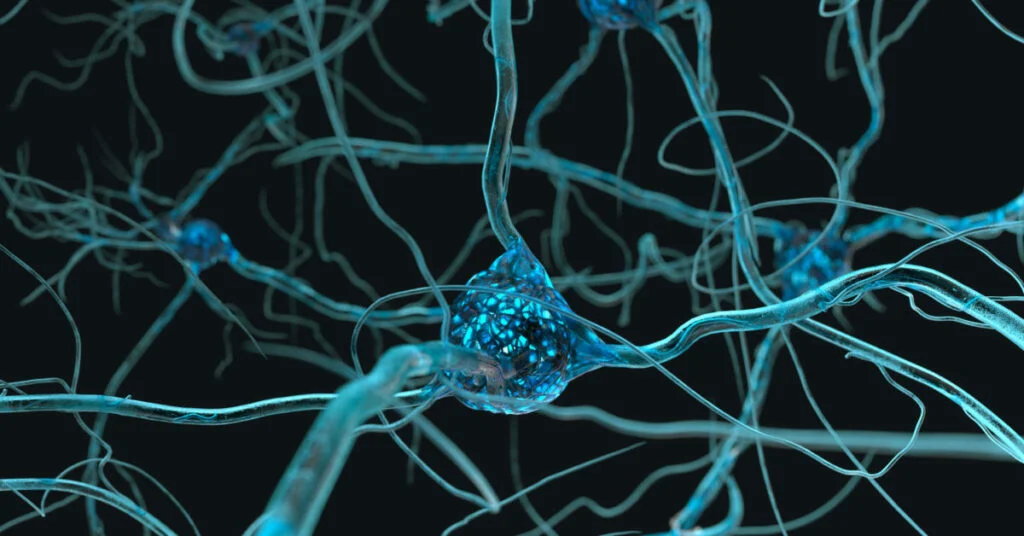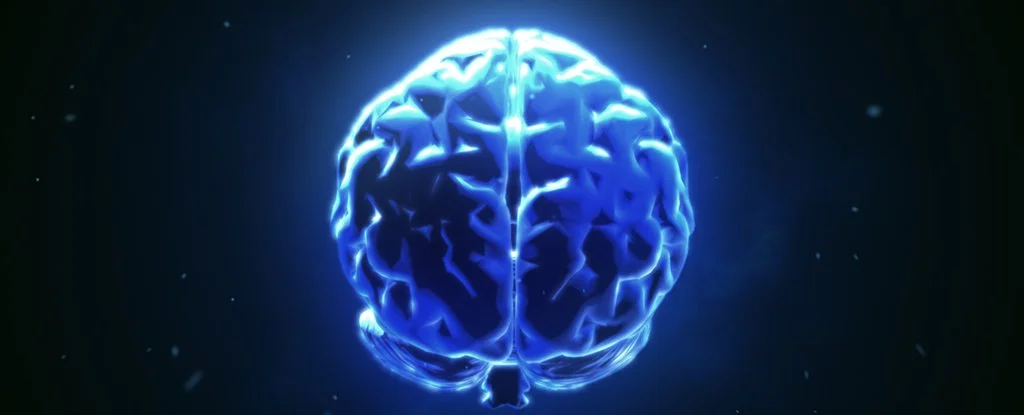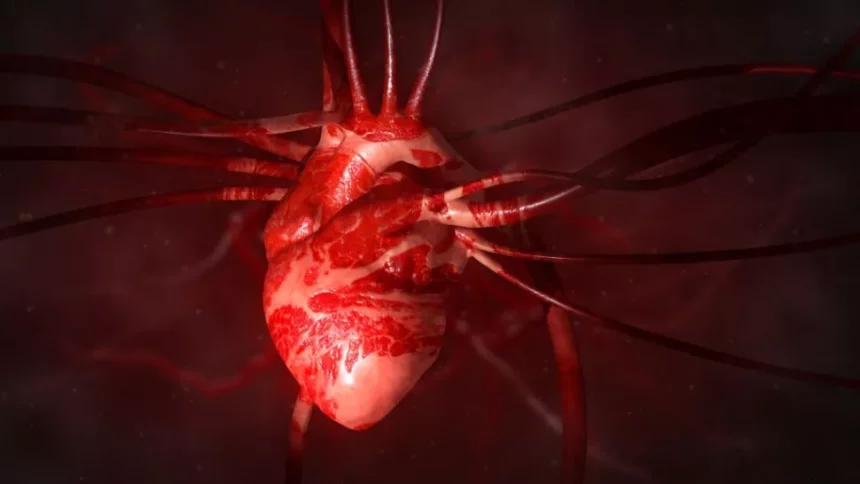Oxytocin, sometimes known as the “love hormone,” may help mend shattered hearts. Researchers discovered in a recent study of zebrafish and human cells that the hormone produced by the brain may assist in the recovery of damaged cardiac tissue and, in theory, may one day be used to treat heart attacks.
This theoretical treatment, however, is still distant from realization because the latest study was carried out in fish tanks and lab dishes.
Because of its well-known role in fostering interpersonal trust and social relationships, oxytocin has been called the “love” or “cuddle” hormone. Its levels frequently increase during cuddling and intercourse. However, the so-called love hormone performs a variety of other tasks in the body, including inducing contractions during childbirth and boosting breastfeeding thereafter. According to a paper published in the year 2020 in the journal Frontiers in Psychology, oxytocin also protects the cardiovascular system from damage by lowering blood pressure, decreasing inflammation, and diffusing free radicals, a reactive consequence of regular cell metabolism.

Another possible advantage of oxytocin is highlighted in the current study, which was released on Friday, September 30 in the journal Frontiers in Cell and Developmental Biology. The hormone, at least in zebrafish, helps in the replacement of cardiomyocytes, the muscle cells that drive heart contractions, that are damaged or dead. If delivered at the proper time and amount, early findings in human cells suggest that oxytocin may generate comparable effects in people. The study’s authors stated in their paper that the heart’s capacity to repair or replace damaged or dead tissue is extremely limited. Nevertheless, several studies contend that a subset of cells in the epicardium, the outermost membrane of the heart, adopt a new identity following damage, such as a heart attack. As they descend into the layer of the heart where the muscles are located, these cells change into stem-like cells, which may later differentiate into a variety of heart cell types, including cardiomyocytes.
Animals have been the subject of most research on this process, although there is some evidence to suggest that adult humans may also go through it. Unfortunately, the process appears to unfold too slowly and in too few cells, if it occurs in individuals at all, the study indicated in a statement. This prevents substantial tissue regeneration following a heart attack. The authors hypothesized that scientists may aid the heart’s ability to repair itself after injury by inducing more epicardial cells to differentiate into cardiomyocytes.

The study discovered that exposing human cells in a test dish to oxytocin could accelerate this process. According to the statement, they also tried 14 additional brain-produced hormones, but none of them was able to induce the cells into the essential stem-like condition for the production of fresh cardiomyocytes. The researchers then carried out follow-up studies using zebrafish, a fish belonging to the family of minnows renowned for its remarkable capacity to repair bodily tissues including the heart, brain, and bones. The research showed that the fish’s brains started manufacturing up to 20 times as much oxytocin after three days following heart damage as they had before. The hormone then made its way to the heart, where it bound to its receptors and began the process of converting epicardial cells into new cardiomyocytes.
The results of these studies offer preliminary evidence that oxytocin may be essential for the healing of damaged hearts. The researchers concluded that by enhancing oxytocin’s effects, research may be able to create new therapies that will help heart attack victims recover faster and lower their chance of developing heart failure in the future. These remedies may consist of medications containing oxytocin or other compounds that can bind to the hormone’s receptors.
According to the statement, senior author Aitor Aguirre, an assistant professor in the Department of Biomedical Engineering at Michigan State University,
“We need to look at oxytocin in patients having a cardiac injury. Overall, pre-clinical experiments in animals and clinical trials in humans are required to go forward.”












